How one photographer illuminated humanity on New York’s streets in the 1960s-1980s

What is it that makes us human? It might be our resilience; our ability to come together in times of need; to create, even in times of dire hardship. This is the portrait of humanity presented in Builder Levy’s photographs of New York City, shot between the 1960s and 1980s, and now collected in a forthcoming book published by Damiani, titled Humanity in the Streets.
Levy in fact started out as a painter and sculptor – as an art major at Brooklyn College, as he explains in a preface to the book, he defined himself as an abstract expressionist. ‘At the same time,’ he writes, ‘I felt a need for a direct connection to the social realities of life in the city, nation, and world.’
It was this social impulse that propelled Levy out onto the streets of New York with a camera, and specifically, to the streets that swelled with civil rights and anti-war protests. Identifying with the causes he captured, he referred to himself as ‘a partisan participant’.
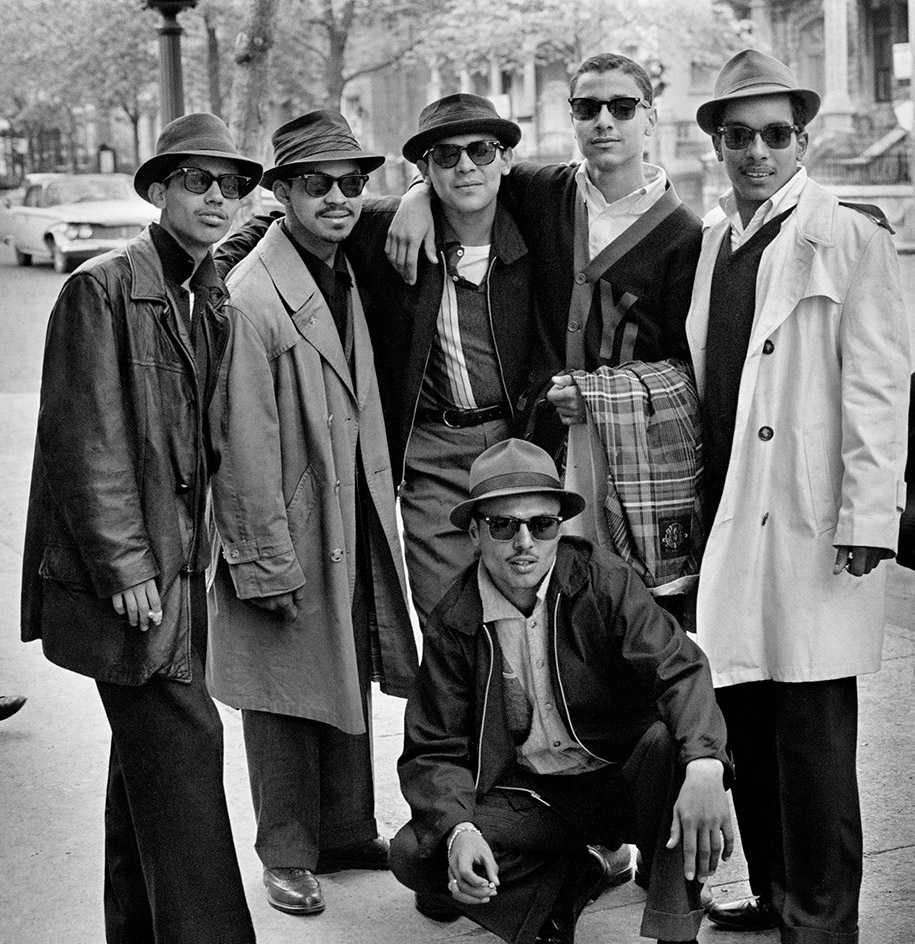
Medallion Lords, Clinton Hill, Brooklyn, 1965
He is not as well-known as some of his peers in the genre – but this doesn’t take away from his place in the canon. As Deborah Willis writes in an introduction, ‘He is quick and he is steady as he shapes a story about protest and the everyday. He questions what it means to be non-violent when arms surround a young black man’s neck in a menacing way.’
The camera wasn’t only a way to document what was going on in the world around him – a world he knew well. It was the way to seek out ‘possibilities of a better world’, to make some order out of the chaos and find some beauty in the turbulence.
From Coney Island to photographs Levy shot while living, and teaching in Forte Greene, Clinton Hill and Bedford-Stuyvesant, many of his images, though soaring with human spirit, are depressingly similar to scenes today, as protests continue to ripple under Trump’s reign. Yet what you also notice about Levy’s pictures are the smiles: children, protesters, passersby – they are angry, but they are empowered.
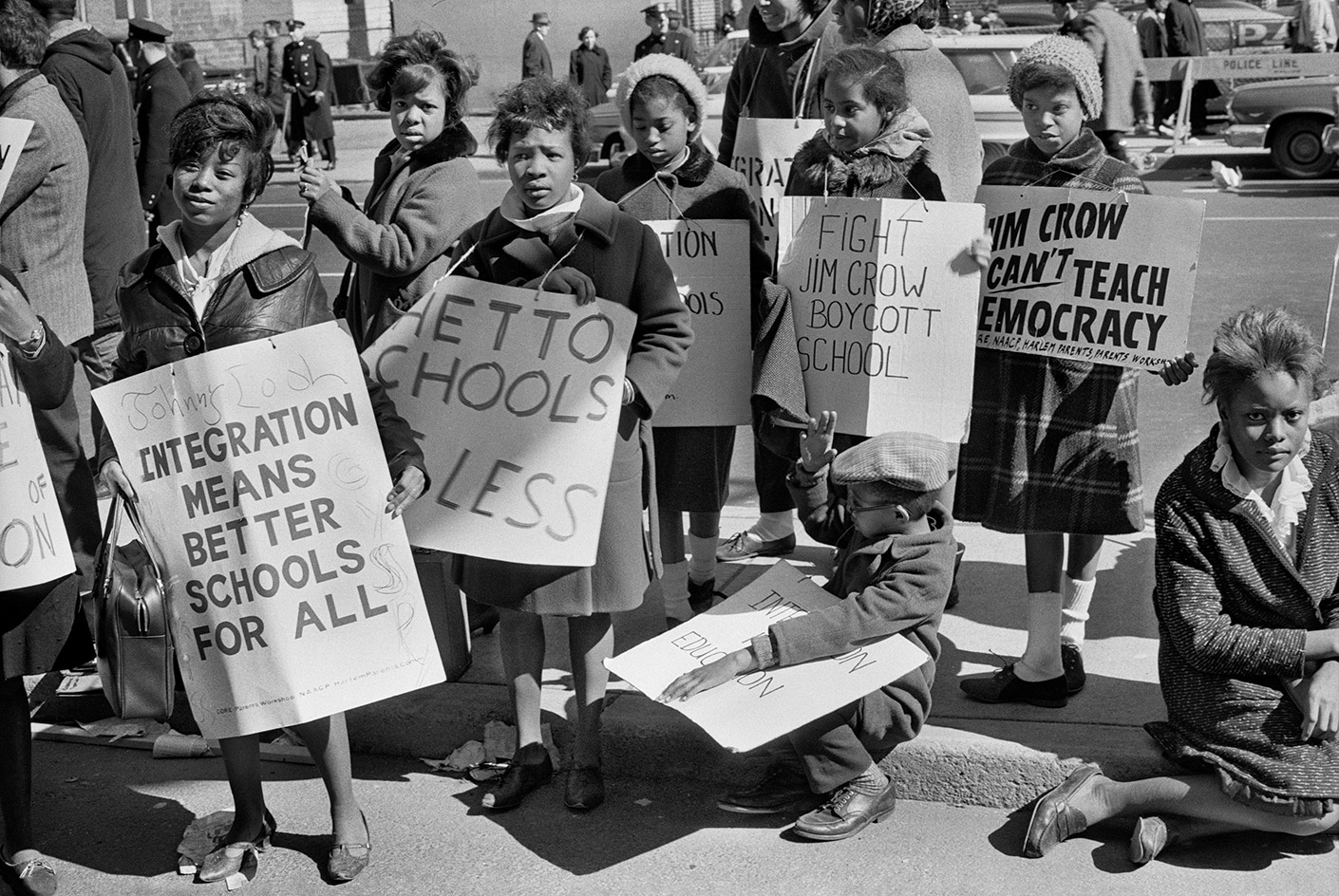
Students with Signs, at the citywide school boycott rally, near headquarters of the New York City Board of Education, Downtown Brooklyn, 1964
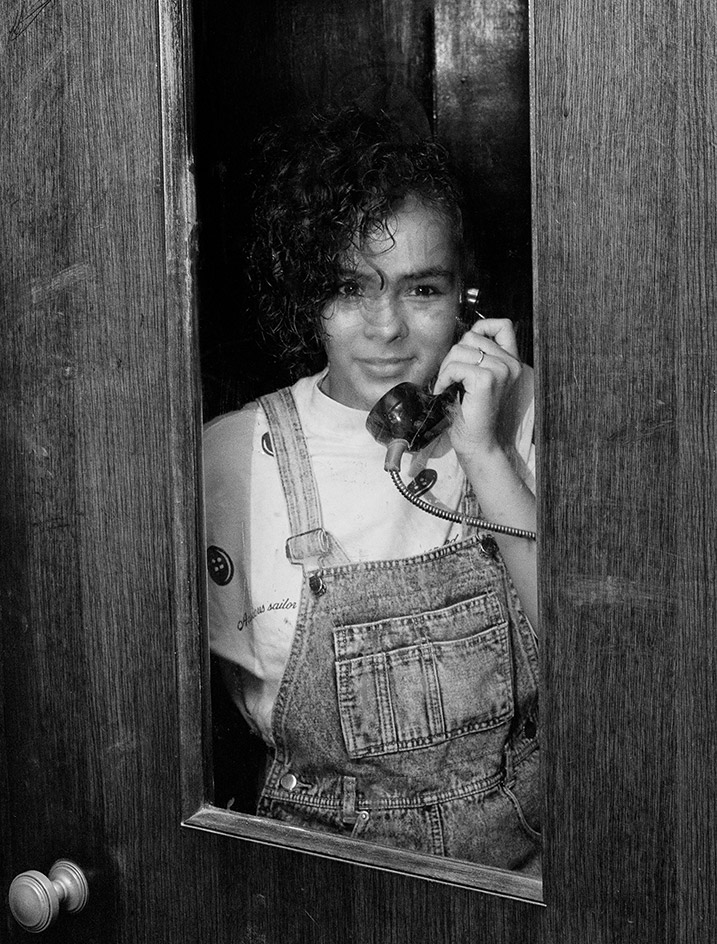
Alternative High School Student in Telephone Booth, Manhattan, 1989
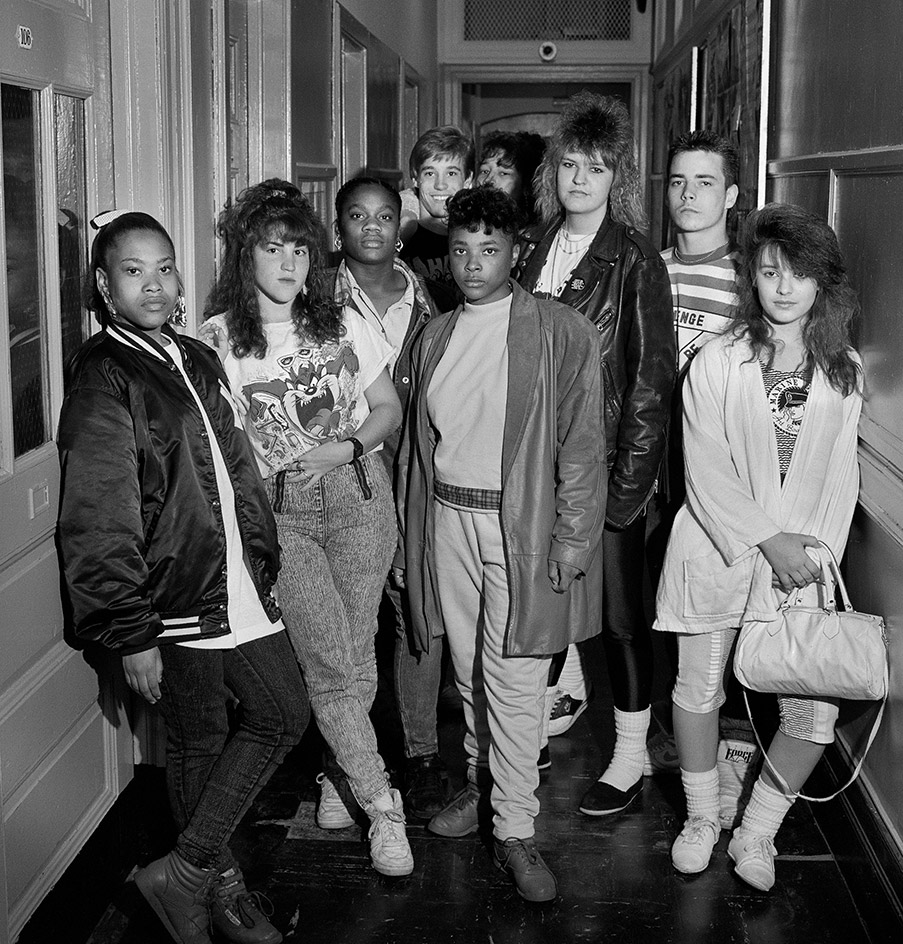
Group in Hall, Concord High School, Staten Island, 1989,
INFORMATION
Builder Levy: Humanity in the Streets, $49.95, published by Damiani on 23 October. To pre-order, visit the Damiani Editore website
Receive our daily digest of inspiration, escapism and design stories from around the world direct to your inbox.
Charlotte Jansen is a journalist and the author of two books on photography, Girl on Girl (2017) and Photography Now (2021). She is commissioning editor at Elephant magazine and has written on contemporary art and culture for The Guardian, the Financial Times, ELLE, the British Journal of Photography, Frieze and Artsy. Jansen is also presenter of Dior Talks podcast series, The Female Gaze.
-
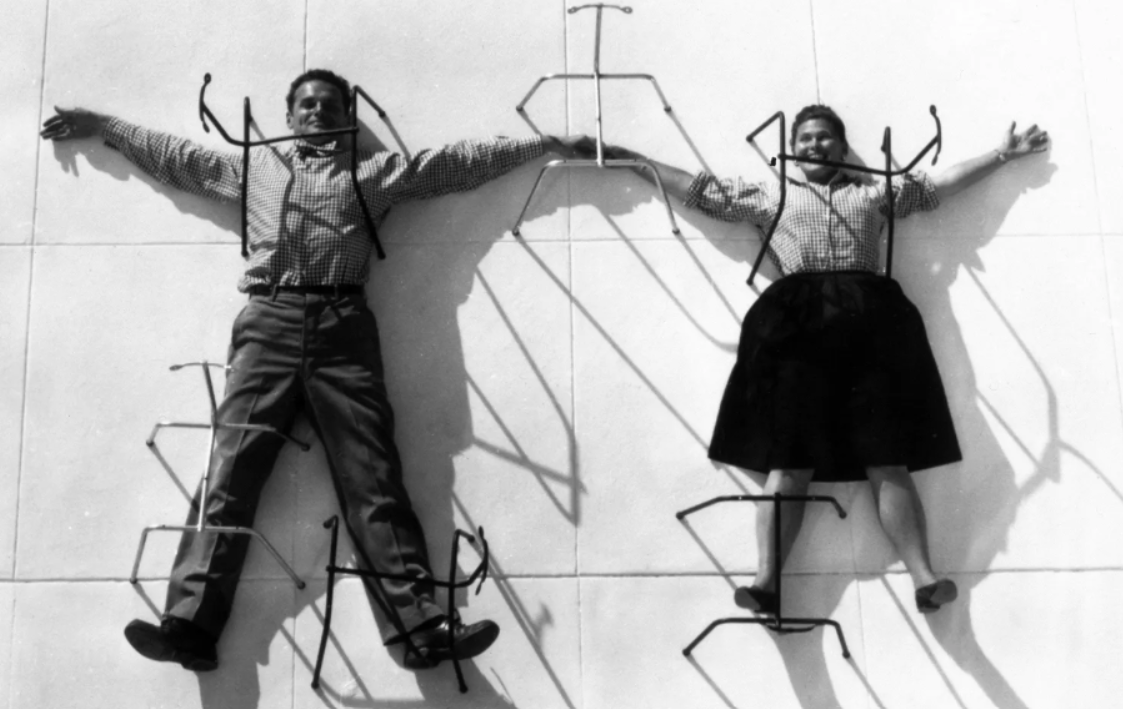 How Charles and Ray Eames combined problem solving with humour and playfulness to create some of the most enduring furniture designs of modern times
How Charles and Ray Eames combined problem solving with humour and playfulness to create some of the most enduring furniture designs of modern timesEverything you need to know about Charles and Ray Eames, the American design giants who revolutionised the concept of design for everyday life with humour and integrity
-
 Why are the most memorable watch designers increasingly from outside the industry?
Why are the most memorable watch designers increasingly from outside the industry?Many of the most striking and influential watches of the 21st century have been designed by those outside of the industry’s mainstream. Is it only through the hiring of external designers that watch aesthetics really move on?
-
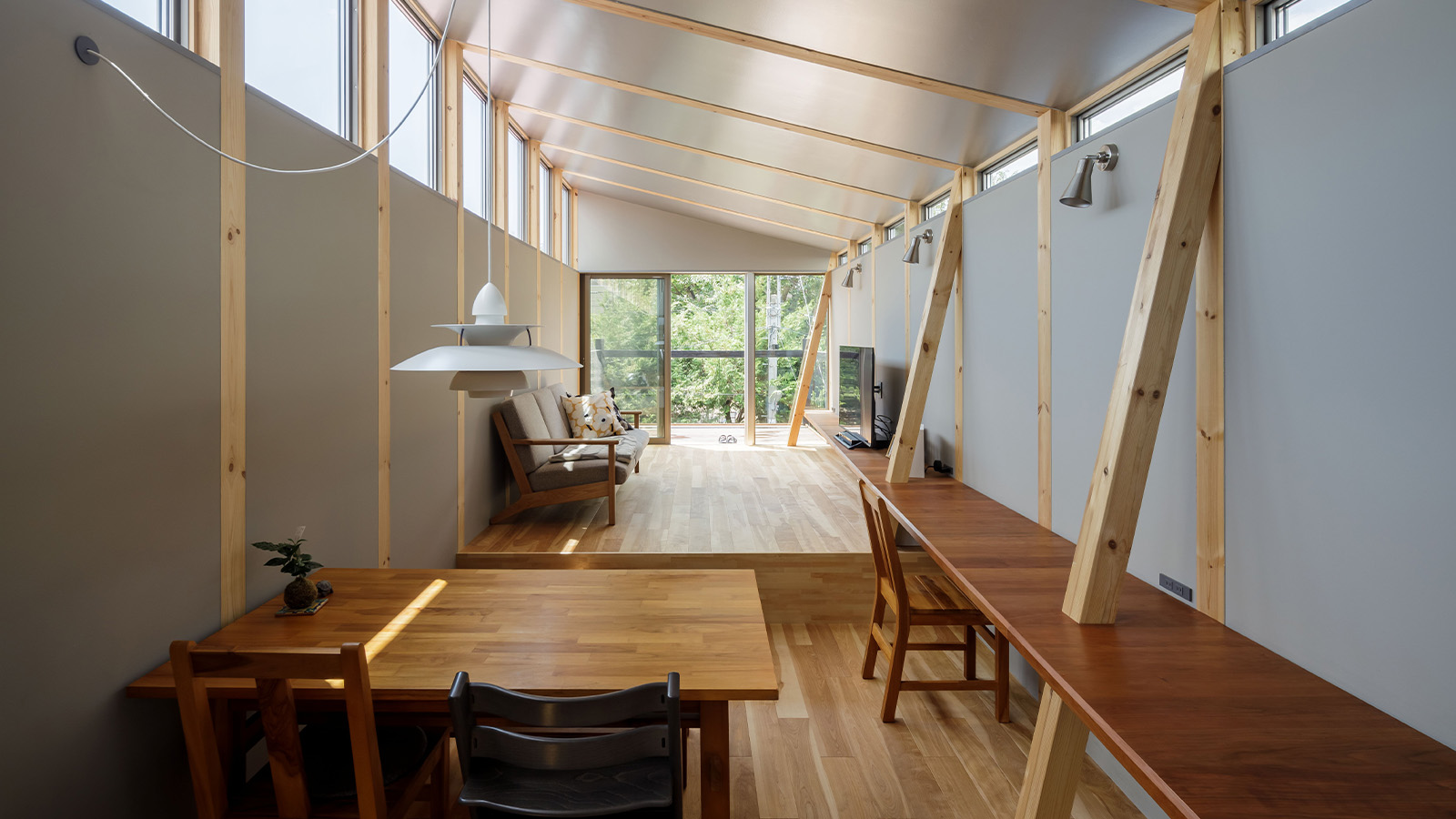 This Fukasawa house is a contemporary take on the traditional wooden architecture of Japan
This Fukasawa house is a contemporary take on the traditional wooden architecture of JapanDesigned by MIDW, a house nestled in the south-west Tokyo district features contrasting spaces united by the calming rhythm of structural timber beams
-
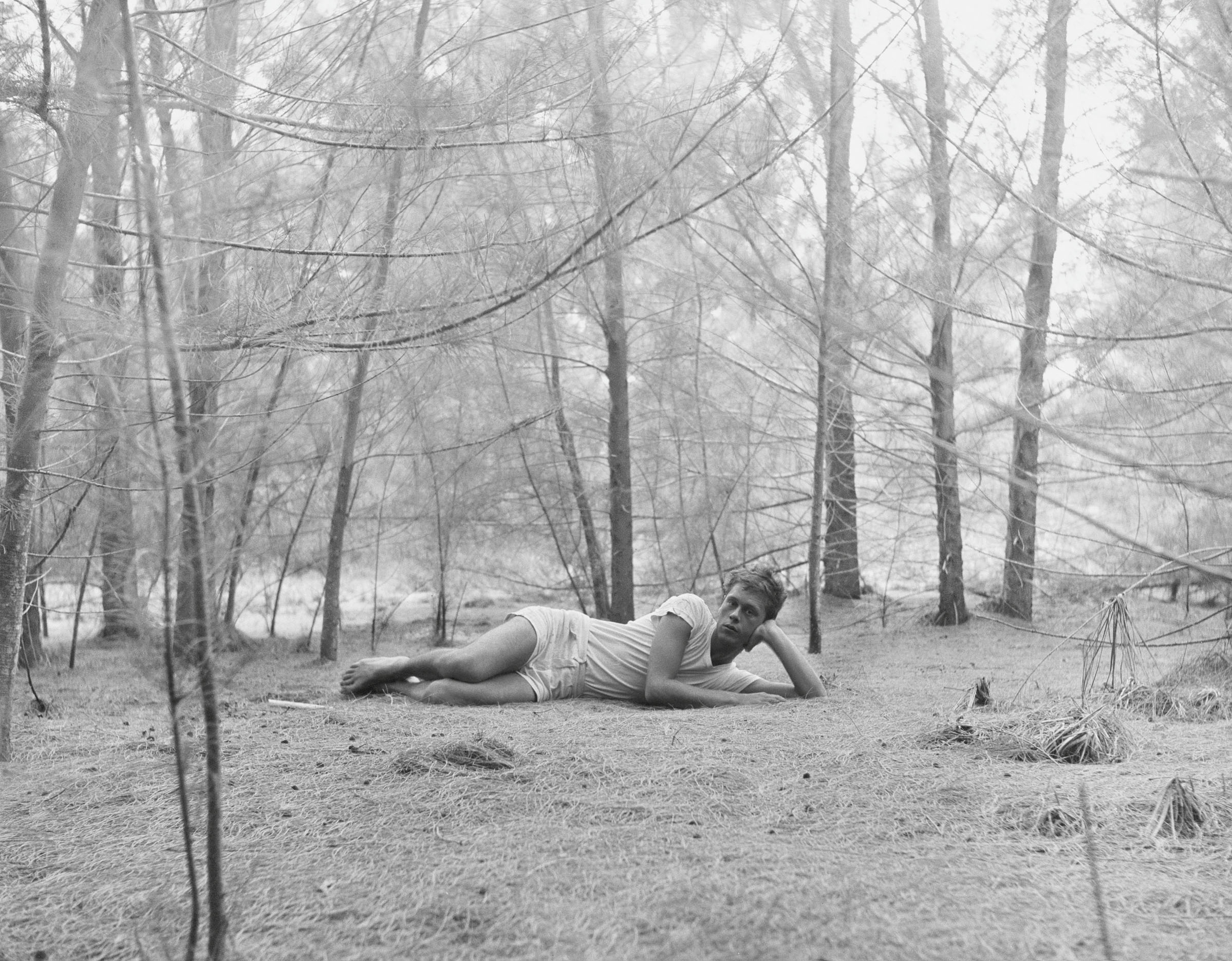 Inside the seductive and mischievous relationship between Paul Thek and Peter Hujar
Inside the seductive and mischievous relationship between Paul Thek and Peter HujarUntil now, little has been known about the deep friendship between artist Thek and photographer Hujar, something set to change with the release of their previously unpublished letters and photographs
-
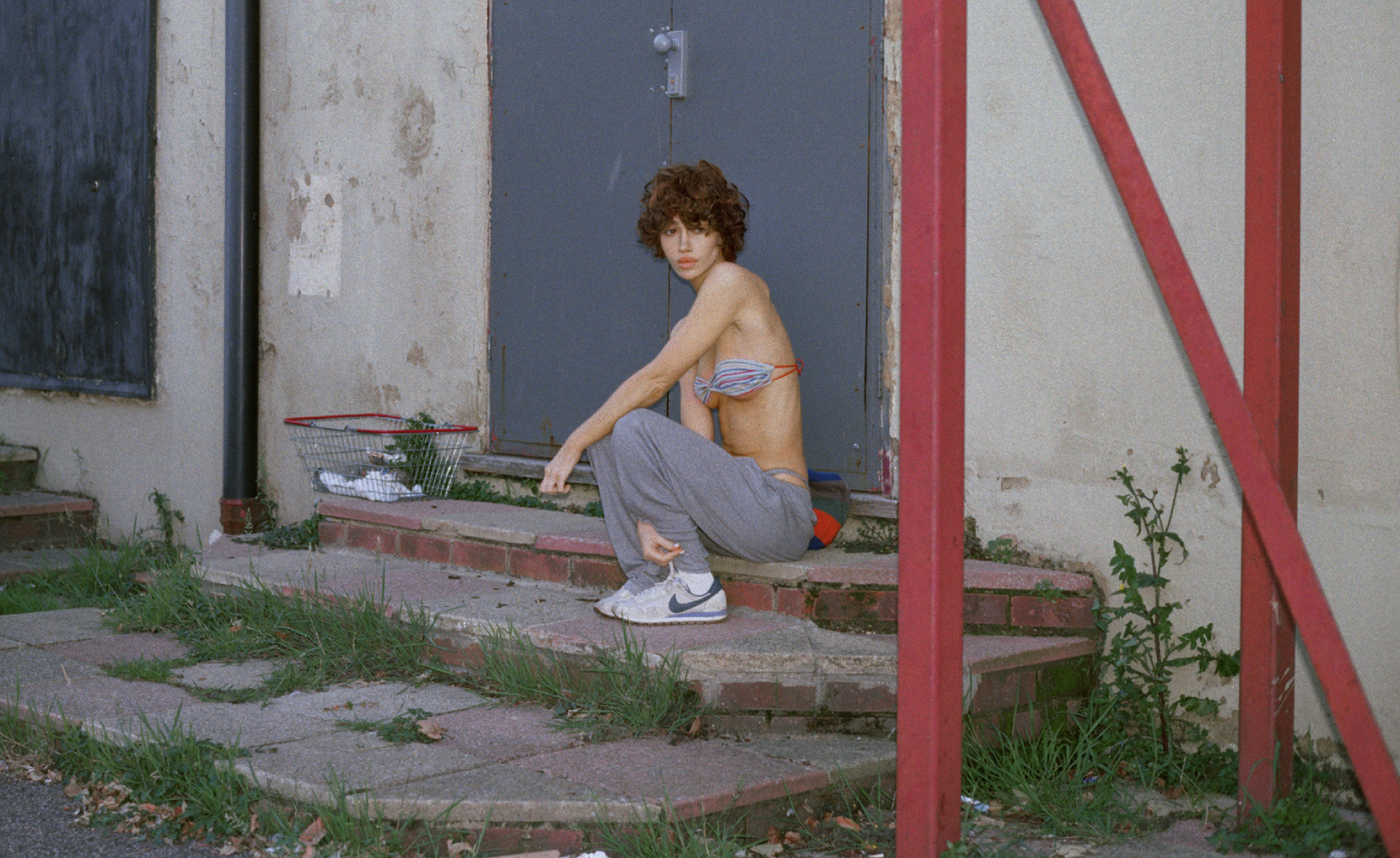 Nadia Lee Cohen distils a distant American memory into an unflinching new photo book
Nadia Lee Cohen distils a distant American memory into an unflinching new photo book‘Holy Ohio’ documents the British photographer and filmmaker’s personal journey as she reconnects with distant family and her earliest American memories
-
 Out of office: The Wallpaper* editors’ picks of the week
Out of office: The Wallpaper* editors’ picks of the weekIt’s been a week of escapism: daydreams of Ghana sparked by lively local projects, glimpses of Tokyo on nostalgic film rolls, and a charming foray into the heart of Christmas as the festive season kicks off in earnest
-
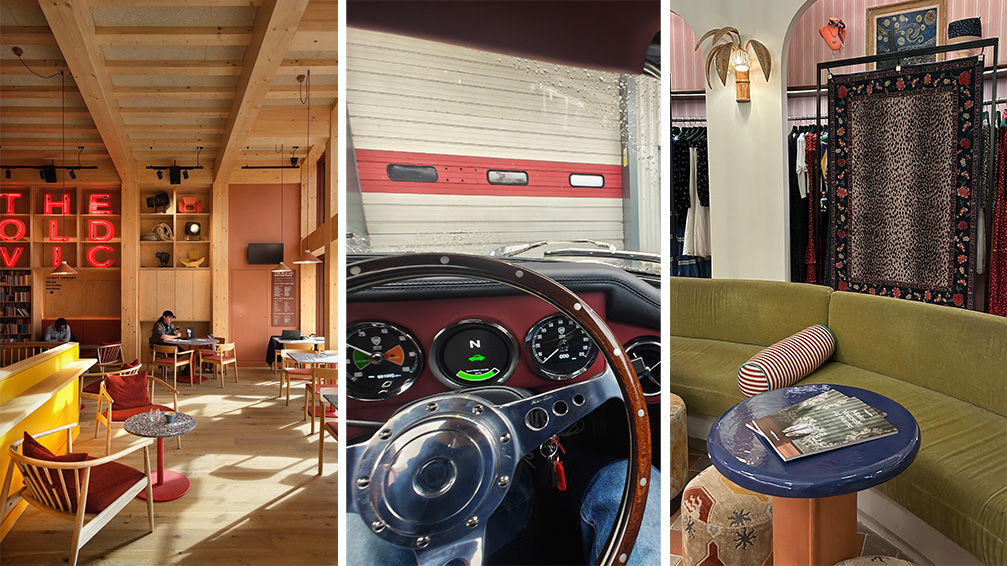 Out of office: The Wallpaper* editors’ picks of the week
Out of office: The Wallpaper* editors’ picks of the weekThe rain is falling, the nights are closing in, and it’s still a bit too early to get excited for Christmas, but this week, the Wallpaper* team brought warmth to the gloom with cosy interiors, good books, and a Hebridean dram
-
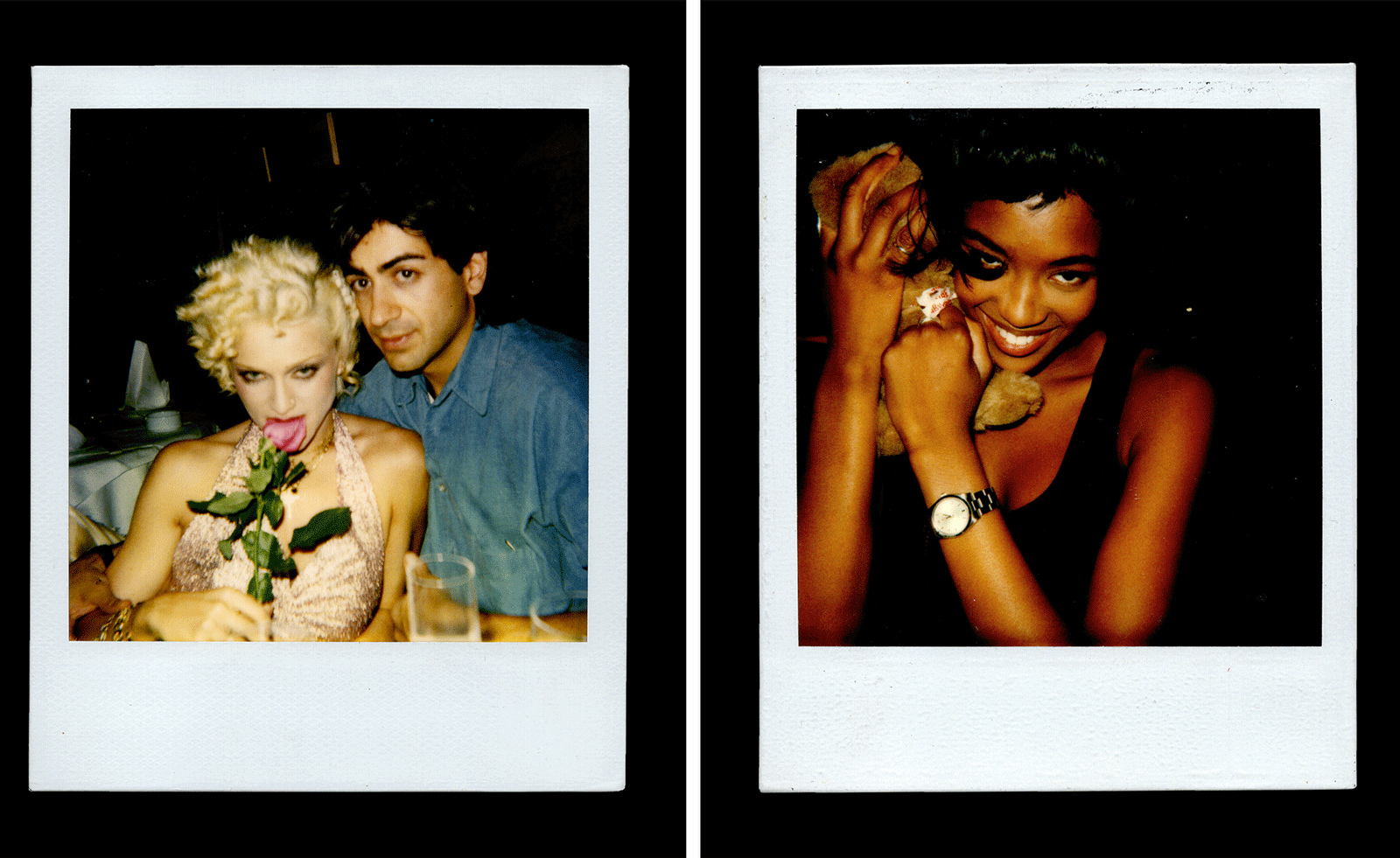 Inside Davé, Polaroids from a little-known Paris hotspot where the A-list played
Inside Davé, Polaroids from a little-known Paris hotspot where the A-list playedChinese restaurant Davé drew in A-list celebrities for three decades. What happened behind closed doors? A new book of Polaroids looks back
-
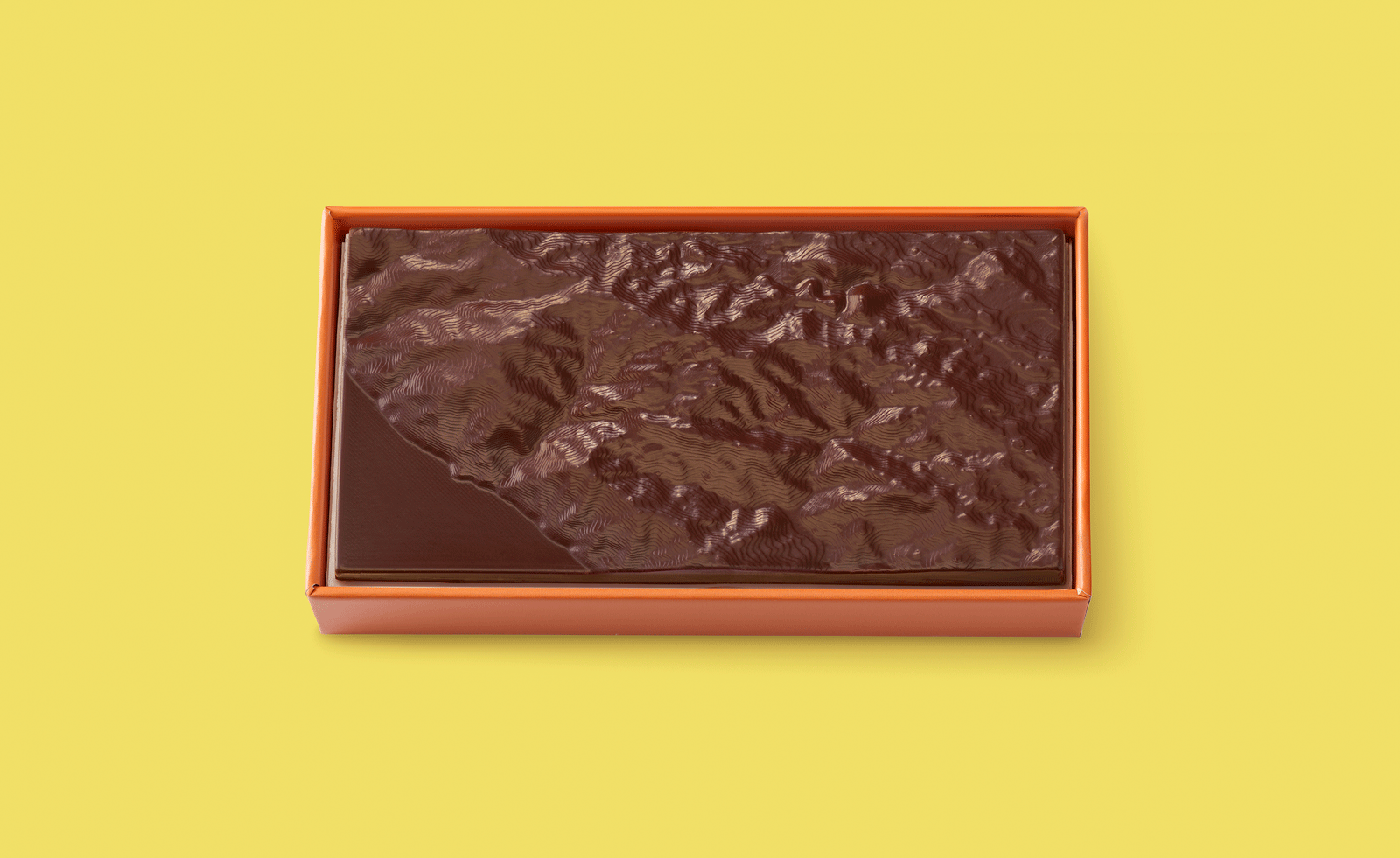 Ed Ruscha’s foray into chocolate is sweet, smart and very American
Ed Ruscha’s foray into chocolate is sweet, smart and very AmericanArt and chocolate combine deliciously in ‘Made in California’, a project from the artist with andSons Chocolatiers
-
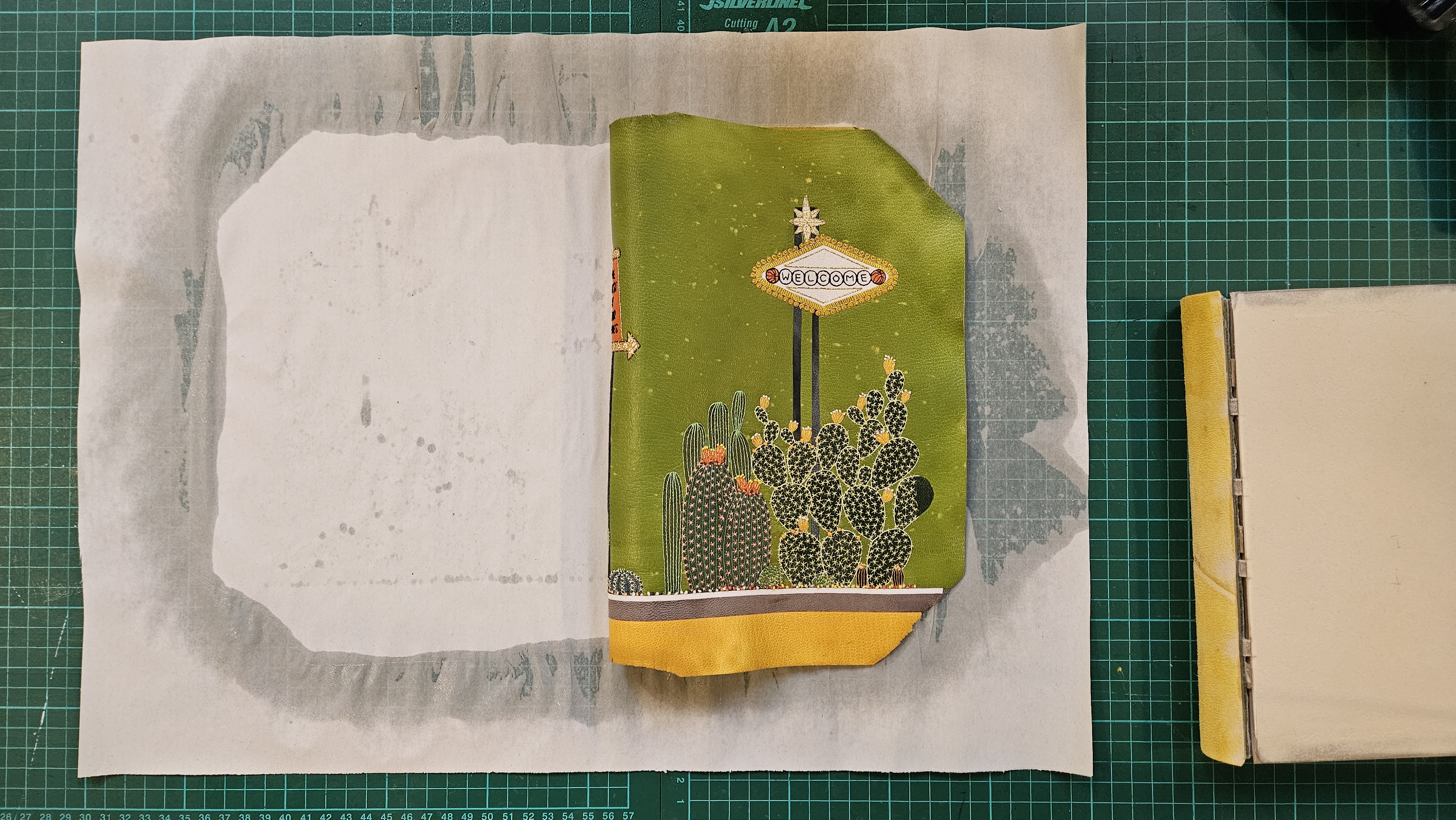 Inside the process of creating the one-of-a-kind book edition gifted to the Booker Prize shortlisted authors
Inside the process of creating the one-of-a-kind book edition gifted to the Booker Prize shortlisted authorsFor over 30 years each work on the Booker Prize shortlist are assigned an artisan bookbinder to produce a one-off edition for the author. We meet one of the artists behind this year’s creations
-
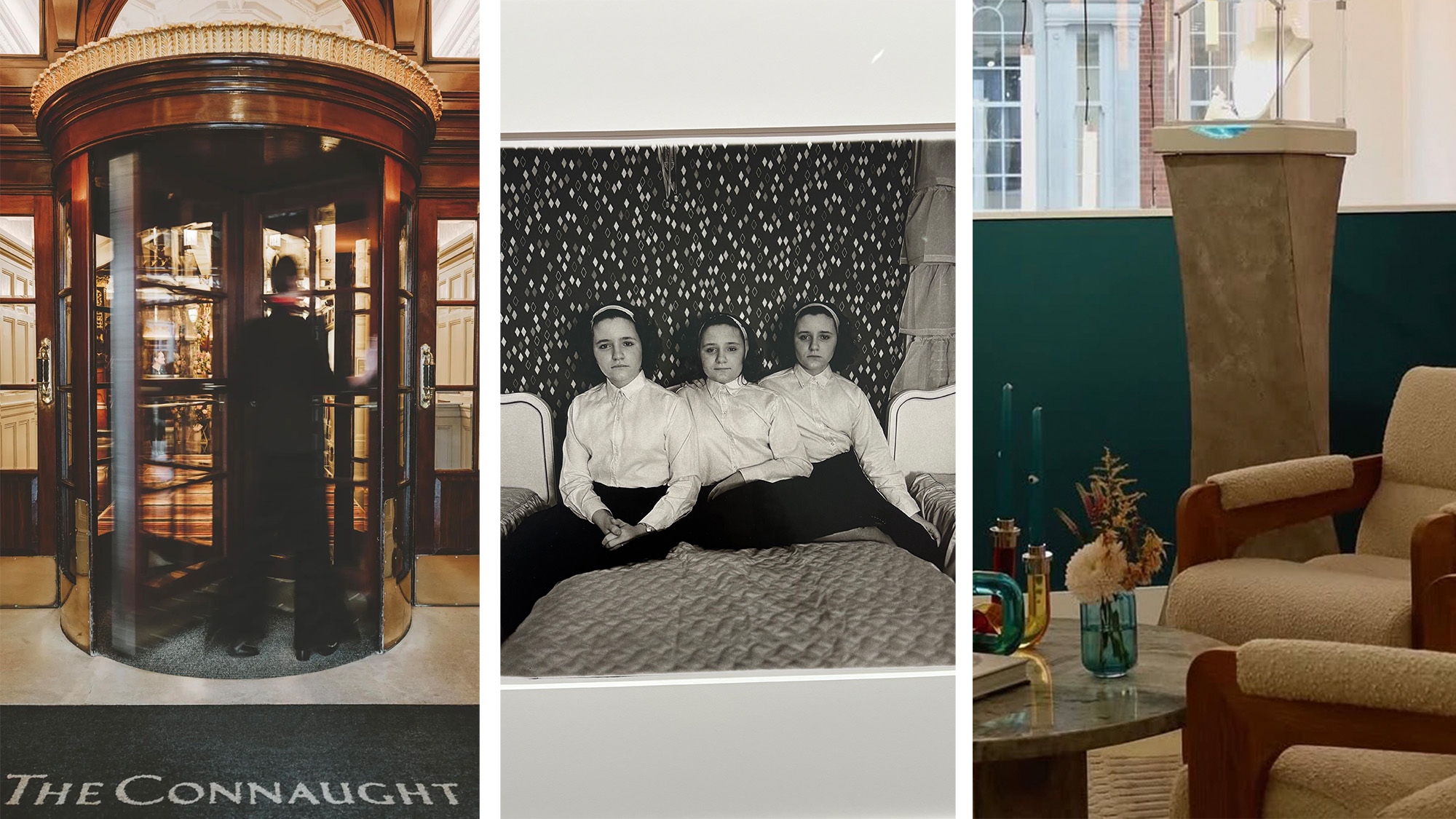 Out of office: The Wallpaper* editors’ picks of the week
Out of office: The Wallpaper* editors’ picks of the weekThis week, the Wallpaper* editors curated a diverse mix of experiences, from meeting diamond entrepreneurs and exploring perfume exhibitions to indulging in the the spectacle of a Middle Eastern Christmas